Managing a business requires keeping a close eye on the company’s financial performance. One important tool that can help with this is a year-to-date profit and loss statement. This statement shows the net profit or loss that the company has made within a specific period, typically from the beginning of the year up to the current date.
By analyzing this statement, business owners and managers can gain valuable insights into the company’s financial health and make informed decisions for the future.
What is a Year-to-Date Profit and Loss Statement?
A year-to-date profit and loss statement, also known as a YTD P&L statement, is a financial document that summarizes a company’s revenues, costs, and expenses over a specific period. It provides a snapshot of the company’s financial performance and indicates whether it has made a profit or incurred a loss within that period.
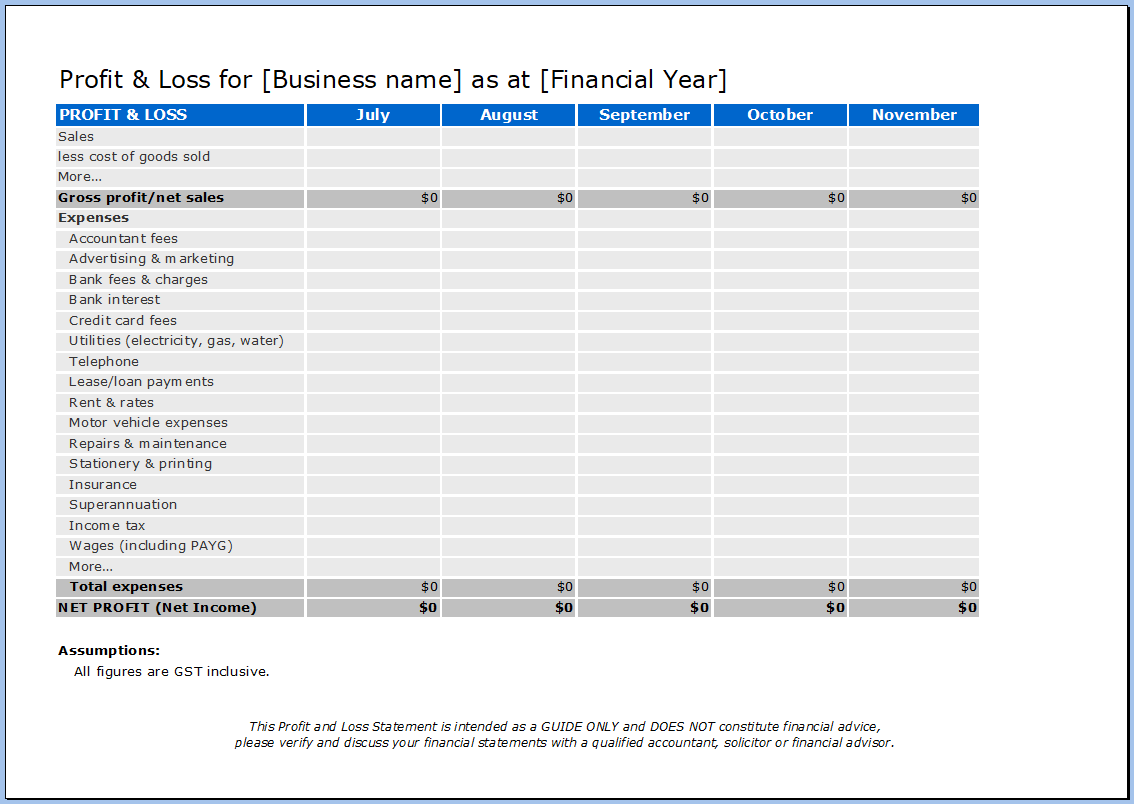
This statement typically includes key financial information such as:
- Total revenue: The total amount of money generated from sales or services.
- Cost of goods sold (COGS): The direct costs associated with producing or delivering the company’s products or services.
- Gross profit: The difference between total revenue and COGS.
- Operating expenses: The costs incurred in running the day-to-day operations of the business, such as rent, utilities, salaries, and marketing expenses.
- Net profit or loss: The final result after subtracting operating expenses from gross profit.
A YTD P&L statement is typically formatted in a clear and easy-to-read manner, allowing business owners and managers to quickly assess the company’s financial performance.
Why Use a Year-to-Date Profit and Loss Statement?
A YTD P&L statement is a valuable tool for tracking a company’s financial performance and making informed business decisions. Here are some reasons why you should consider using this statement:
- Financial analysis: By analyzing the statement, you can gain insights into your company’s revenue streams, cost structure, and overall profitability. This information can help you identify areas of improvement and make sound financial decisions.
- Comparative analysis: By comparing your current YTD P&L statement with previous periods or industry benchmarks, you can assess your company’s performance over time and identify trends or areas that need attention.
- Budgeting and forecasting: A YTD P&L statement can serve as a reference point for creating budgets and forecasts. It provides a realistic snapshot of your company’s financial situation and helps you set realistic goals for the future.
- Investor and creditor relations: If you’re seeking investments or loans, a YTD P&L statement can provide potential investors or creditors with a clear picture of your company’s financial health and stability.
How to Create a Year-to-Date Profit and Loss Statement
Creating a YTD P&L statement involves gathering and organizing financial data from your company’s accounting records. Here are the steps to create one:
- Gather your financial data: Collect all necessary financial information, including revenue figures, COGS, and operating expenses for the current year up to the desired date.
- Organize your data: Categorize your revenue, COGS, and operating expenses into appropriate sections. This could include sales revenue, cost of goods sold, salaries and wages, rent, utilities, marketing expenses, and more.
- Calculate your totals: Sum up the figures for each section to calculate the total revenue, COGS, and operating expenses.
- Calculate the gross profit: Subtract the COGS from the total revenue to determine the gross profit.
- Calculate the net profit or loss: Subtract the operating expenses from the gross profit to calculate the net profit or loss.
- Format and present your statement: Use a spreadsheet or accounting software to format your statement in a clear and organized manner. Include appropriate headings, labels, and totals for each section.
- Print or save your statement: Once your statement is complete, you can either print it out or save it as a digital file for future reference.
Examples of Year-to-Date Profit and Loss Statements
Here are a few examples of how a YTD P&L statement might look:
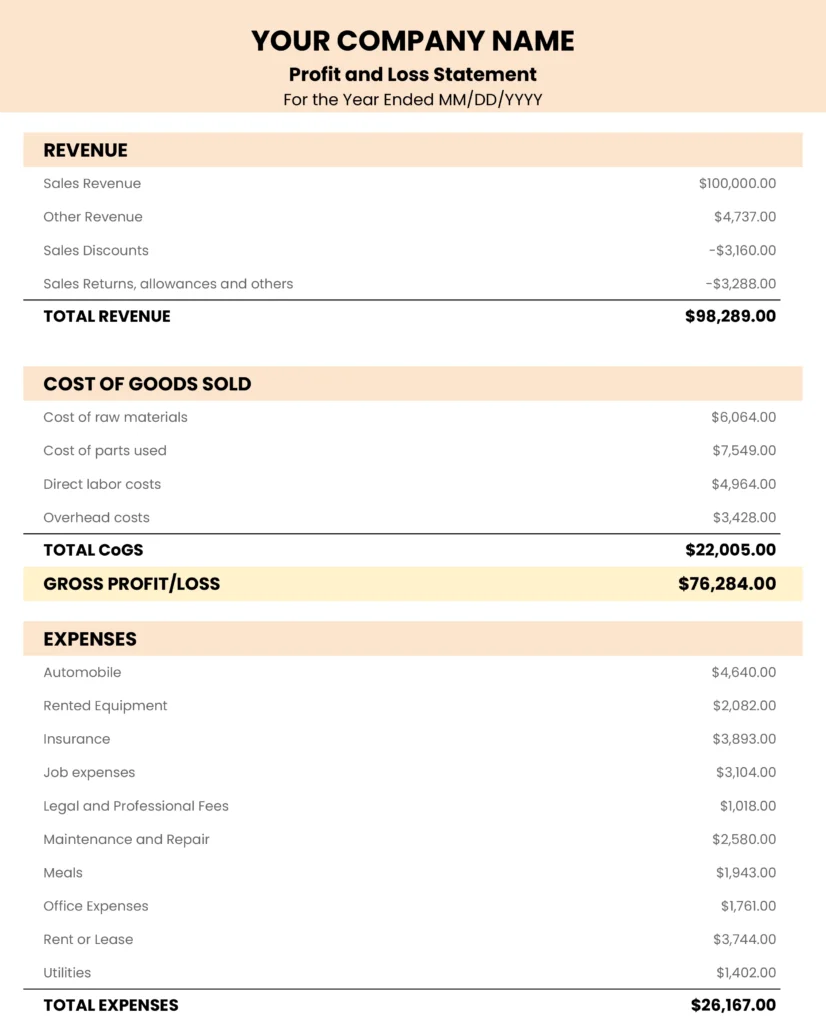
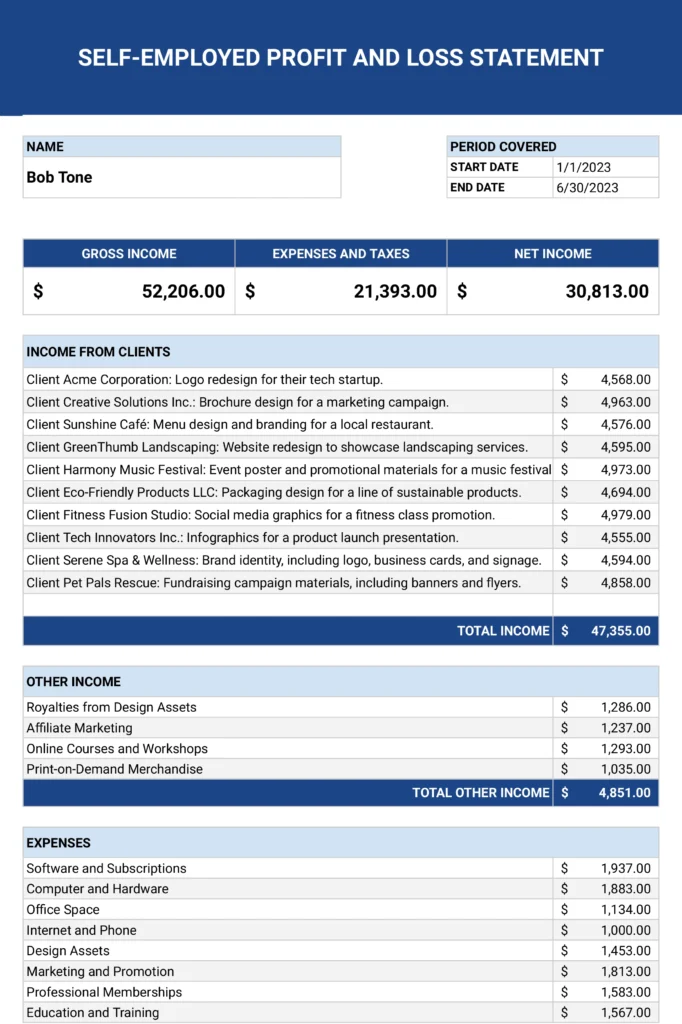
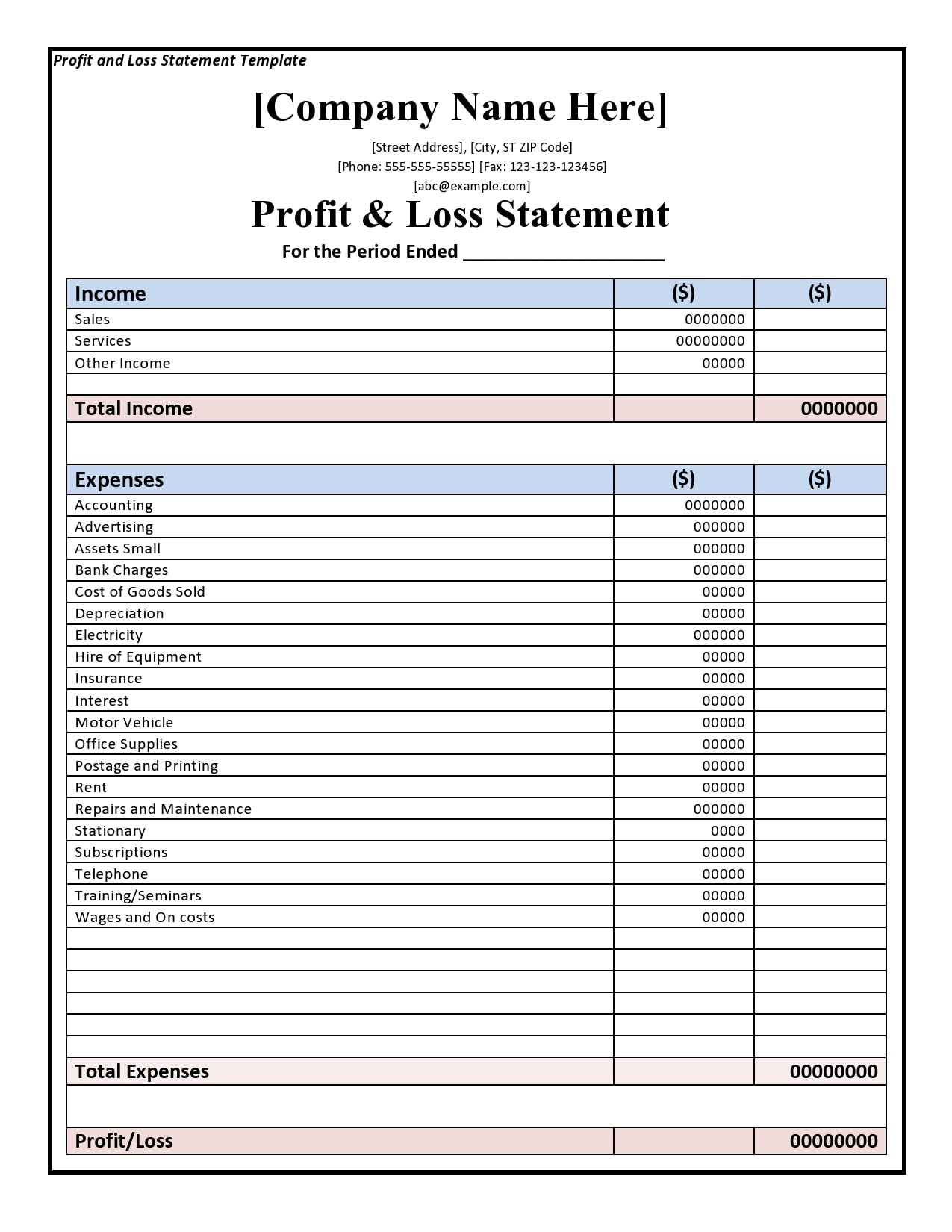
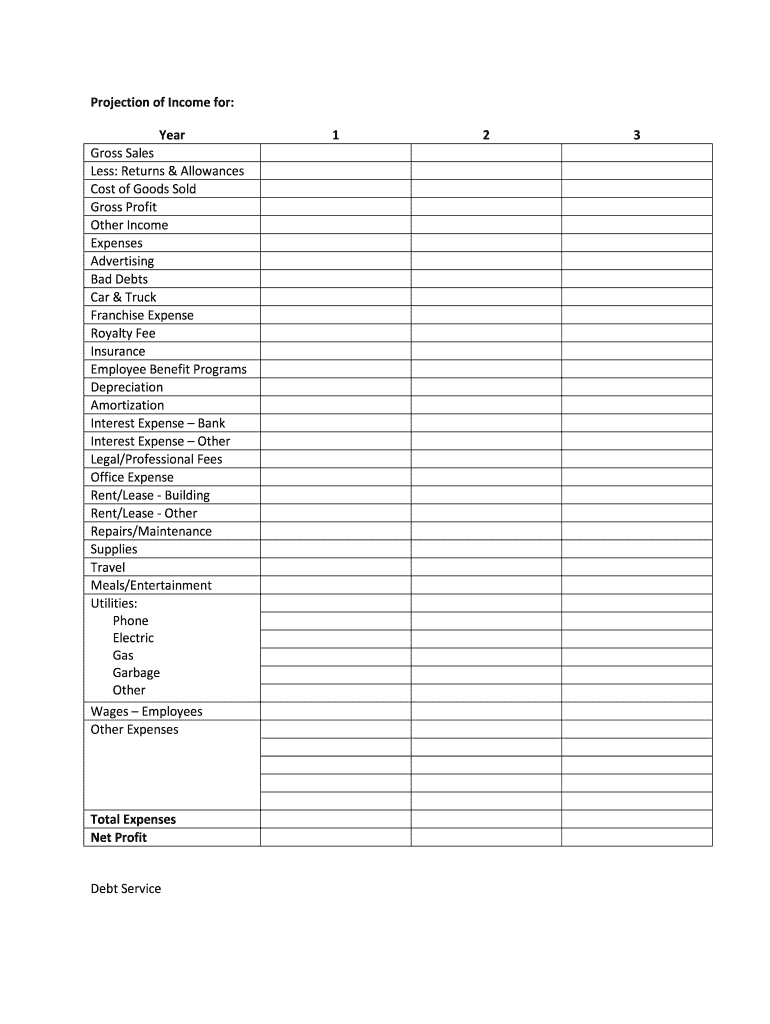
Tips for Successful Use of a Year-to-Date Profit and Loss Statement
Here are some tips to make the most of your YTD P&L statement:
- Maintain accurate records: Ensure that your financial data is up to date and accurately recorded in your accounting system.
- Regularly review and analyze: Set aside time regularly to review and analyze your YTD P&L statement. This will help you identify trends, spot areas of concern, and make necessary adjustments.
- Compare with industry benchmarks: Benchmark your company’s performance against industry standards to get a sense of how well you’re doing compared to your competitors.
- Seek professional advice if needed: If you’re unsure about how to interpret your YTD P&L statement or need assistance with financial analysis, consider consulting with a financial advisor or accountant.
- Use it as a tool for decision-making: Use the insights gained from your YTD P&L statement to make informed decisions about pricing, cost management, investment opportunities, and other aspects of your business.
By utilizing a year-to-date profit and loss statement, you can gain a better understanding of your company’s financial performance and make informed decisions for the future. It serves as a valuable tool for tracking your business’s financial health, identifying areas for improvement, and setting realistic goals.
With regular analysis and the right insights, you can steer your business towards success.
Year-to-date Profit And Loss Statement Template – Download
- Free Printable Exercise Planning Template - November 24, 2025
- Free Executive Summary Template (Word) - November 20, 2025
- Free Executive Resume Template (Word) - November 20, 2025